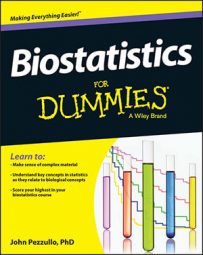If Phase II of human drug testing is successful, it means you've found one or two doses for which the drug appears to be safe and effective. Now you take those doses into the final stage of drug testing: Phase III.
Phase III is kind of like the drug's final exam time. It has to put up or shut up, sink or swim, pass or fail. Up to this point, the drug appears to be safe and effective, and you have reason to hope that it's worth the time and expense to continue development.
Now the drug team has to convince the FDA — which demands proof at the highest level of scientific rigor — that the drug, in the dose(s) at which you plan to market it, is safe and effective.
Depending on what treatments (if any) currently exist for the target condition, you may have to show that your drug is better than a placebo or that it's at least as good as the current best treatment. (You don't have to show that it's better than the current treatments.)
The term as good as can refer to both safety and efficacy. Your new cholesterol medication may not lower cholesterol as much as the current best treatments, but if it's almost completely free of the (sometimes serious) side effects associated with the current treatments, it may be considered just as good or even better.
Usually you need to design and carry out two pivotal Phase III studies. In each of these, the drug must meet the criteria agreed upon when you met with the FDA after Phase II.
The pivotal Phase III studies have to be designed with complete scientific rigor, and that includes absolutely rigorous statistical design. You must
Use the most appropriate statistical design.
Use the best statistical methods when analyzing the data.
Ensure that the sample size is large enough to provide at least 80 or 90 percent power to show significance when testing the efficacy of the drug.
If the FDA decided that the drug must prove its efficacy for two different measures of efficacy (co-primary endpoints), the study design has to meet even more stringent requirements.
When Phase III is done, your team submits all the safety and efficacy data to the FDA, which thoroughly reviews it and considers how the benefits compare to the risks. Unless something unexpected comes up, the FDA approves the marketing of the drug.

